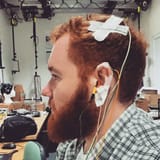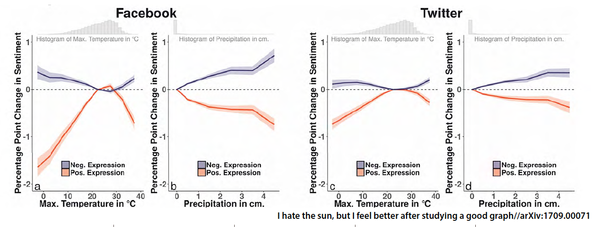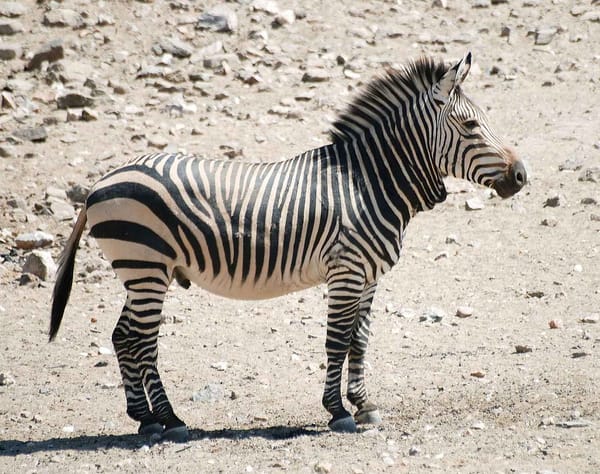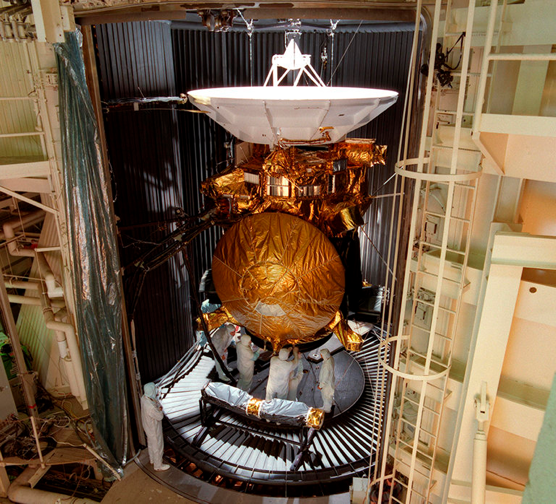Neutrino experiment strikes gold
Physicists & politicians are both hoping for a goldrush at South Dakota’s Homestake mine.

he UK government has agreed to invest £65 million in a US particle physics project, as part of its first high-level science and research treaty with the US.
DUNE, the Deep Underground Neutrino Experiment and the LBNF, Long-Baseline Neutrino Facility have secured investment following the signing of a UK-US Science and Technology Agreement on 20 September. Both facilities will be used to investigate the elusive neutrino.
Discovered 60 years ago, the neutrino is the second most abundant particle in the universe and was long thought to weigh nothing at all. But experiments in the late 1990s showed that neutrinos change type as they travel, implying that they have a small but non-zero mass. This non-zero mass and their ability to change type could allow differences between their matter and antimatter interactions. Studying these differences could explain why the universe is made of matter and not antimatter.
Fermilab’s LBNF will be the world’s most intense high-energy neutrino beam. In operation, it will fire neutrinos 1300km from Illinois through the ground to the liquid argon filled, 1.5km deep, 70, 000 ton DUNE detector submerged in a goldmine in South Dakota, where the Sanford Underground Research facility (SURF) is based. Once constructed, it will operate for at least 15 years.
DUNE like other neutrino experiments, including Japan’s proposed HyperKamiokande experiment, don’t come cheap. The US is funding the DUNE facility’s construction costs, but aims to attract about $500m (£370m) in international funding to design and build parts of the accelerator and detectors used for experiments. The UK’s contribution is the biggest outside the US. There is significant support for the programme via CERN as well, where large-scale detector prototypes are being constructed and fire neutrinos 1300km from Illinois through the ground to the liquid argon filled, 1.5km deep, 70, 000 ton DUNE detector submerged in a goldmine in South Dakota, where the Sanford Underground Research facility (SURF) is based. Once constructed, it will operate for at least 15 years.
DUNE like other neutrino experiments, including Japan’s proposed HyperKamiokande experiment, don’t come cheap. The US is funding the DUNE facility’s construction costs, but aims to attract about $500m (£370m) in international funding to design and build parts of the accelerator and detectors used for experiments. The UK’s contribution is the biggest outside the US. There is significant support for the programme via CERN as well, where large-scale detector prototypes are being constructed and










